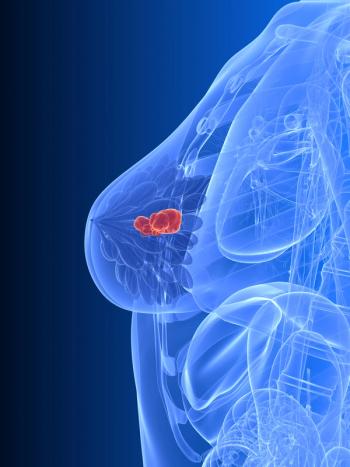
- ONCOLOGY Vol 10 No 12
- Volume 10
- Issue 12
Neurex Presents SNX-111 Chronic Pain Study Results at 15th Annual American Pain Society
Dr. William Brose, director of the Pain Management Center for Stanford University, reported detailed study results from a chronic pain study with SNX-111 at the American Pain Society on November 16, 1996.
Dr. William Brose, director of the Pain Management Center forStanford University, reported detailed study results from a chronicpain study with SNX-111 at the American Pain Society on November16, 1996.
The paper, entitled, "Analgesia Produced by SNX-111 in PatientsWith Morphine-Resistant Pain," represented the work frommultiple centers and described both the safety and efficacy ofSNX-111 in this study to treat patients with very severe pain.SNX-111 is the lead pain therapeutic under development by NeurexCorporation.
The majority of patients who were considered evaluable in thisstudy showed a measurable reduction in pain scores, as judgedby both patient and physician. In addition, most patients alsohad a significant reduction in other medications that had beenused prior to the study in an attempt to treat, albeit unsuccessfully,their pain symptoms.
Over two-thirds of the 24 patients had a 50% or greater reductionin medication, with some patients totally eliminating morphine/narcoticuse.
"Although the study was primarily designed to evaluate thefeasibility and efficacy of SNX-111 treatment in these severelyill patients, it is clear that as a patient group, a majorityof these individuals seem to have benefited from improvementsin their pain symptoms with SNX-111 treatment," commentedDr. Brose.
"To see such a reduction in both their pain scores and useof their pain medications in this patient population is quiteremarkable. For patients with prolonged and unremitting pain,SNX-111 represents potential hope and light at the end of a verylong and dark tunnel."
The study evaluated the safety and efficacy of intraspinally administeredSNX-111 in patients who had previously failed morphine therapy.Study guidelines required that patients had to have failed allother pain treatment (including intraspinal morphine and othernarcotics) prior to study enrollment.
Patients entered into the study had various types of severe andresistant pain, including those who were suffering from cancer,AIDS, neuropathies, spinal cord injuries, and phantom limb pain.
Articles in this issue
about 29 years ago
Study Links Sex Hormones to Childhood Cancerabout 29 years ago
Scientists Confirm Natural Resistance to HIV-1about 29 years ago
Breast Cancer Incidence and Mortality--United States, 1992about 29 years ago
New Study Proves Benefits of Antiseptic-Impregnated Cathetersabout 29 years ago
IOM Undertakes Study of Cancer and MinoritiesNewsletter
Stay up to date on recent advances in the multidisciplinary approach to cancer.





















































































